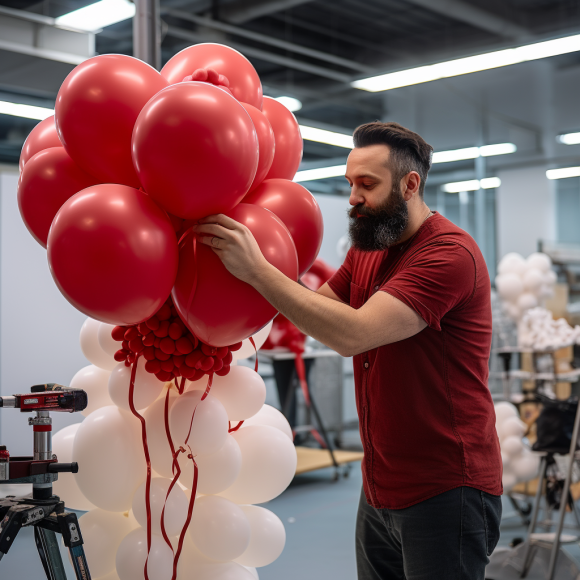Inflatable bounce houses, playgrounds, and obstacle courses offer a world of fun and imaginative play for children. However, ensuring their safety is paramount. This article explores crucial inflatable safety measures to prevent accidents and ensure a worry-free playtime experience.
Prioritizing Safety: A Responsibility for Parents and Organizers
Both parents and organizers who provide inflatable play areas have a responsibility to prioritize safety:
- Pre-Use Inspection: Before allowing children to play, thoroughly inspect the inflatable for any tears, rips, or loose seams. Ensure all connections are secure and there are no protruding objects that could cause injuries.
- Age and Height Restrictions: Enforce age and height restrictions as outlined by the manufacturer. Younger children might not have the strength or coordination to navigate certain structures safely.
- Adult Supervision: Constant adult supervision is crucial. Adults can monitor play, ensure children follow the rules, and intervene if any unsafe situations arise.
- Safe Landing Areas: Ensure there are soft landing areas around slides and jumping areas to minimize the risk of falls. Avoid placing inflatables on concrete or hard surfaces.
Safe Play Practices: Educating Children About Safe Use
Educating children about safe play practices is essential:
- No Roughhousing: Discourage roughhousing, pushing, or shoving within the inflatable. This can lead to accidental falls or collisions.
- One at a Time: Depending on the size of the inflatable, limit the number of children playing at once to avoid overcrowding and potential collisions.
- No Climbing Walls: Unless specifically designed for climbing, discourage children from climbing on the inflatable walls, as they might lose their balance and fall.
- No Food or Drinks: Prohibit food or drinks inside the inflatable to avoid choking hazards or spills that could make the surface slippery.
Environmental Considerations: Wind, Weather, and Sun
Be mindful of environmental factors that could impact safety:
- Windy Conditions: Avoid using inflatables in windy conditions, as they can become unstable and pose a tipping hazard.
- Extreme Temperatures: Extremely hot or cold weather can be uncomfortable for children playing inside the inflatable. Opt for shaded areas during hot days.
- Sun Protection: If using the inflatable outdoors, ensure children wear sunscreen and hats to protect themselves from the sun.
Following Manufacturer Guidelines: Proper Inflation and Anchoring
Following the manufacturer’s instructions is crucial for safe use:
- Proper Inflation: Inflate the structure to the recommended air pressure using the appropriate blower. Overinflation can cause the inflatable to burst, while underinflation can lead to instability.
- Secure Anchoring: Ensure the inflatable is securely anchored to the ground using stakes or sandbags, as specified by the manufacturer. This prevents the inflatable from tipping over or blowing away in windy conditions.
Emergency Preparedness: Knowing What to Do in Case of an Incident
While taking all safety precautions, it’s important to be prepared for unforeseen situations:
- First-Aid Kit: Have a well-stocked first-aid kit readily available to treat minor scrapes or injuries that might occur during play.
- Emergency Contact Information: Keep emergency contact information readily available in case of a serious accident.
A World of Safe and Joyful Play
By prioritizing inflatable safety and following these essential tips, parents and organizers can ensure children have a fun-filled and safe playtime experience on inflatable structures. Remember, a little preparation and awareness go a long way in creating a worry-free environment where children can bounce, climb, and explore to their hearts’ content. So inflate the fun, prioritize safety, and let the joyous screams of happy children fill the air!


